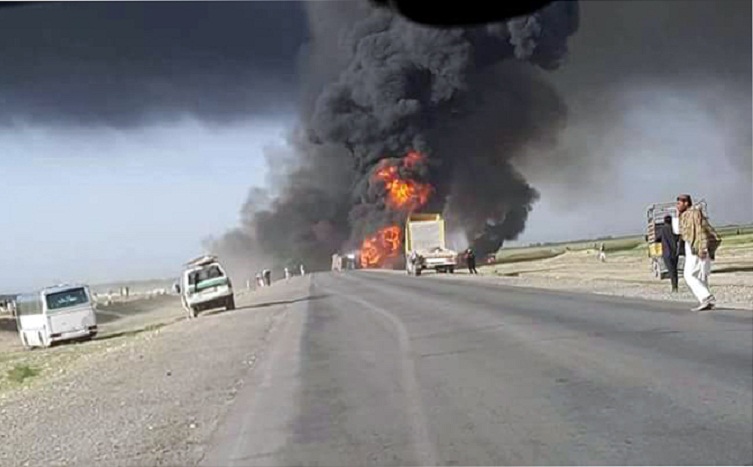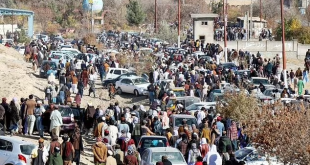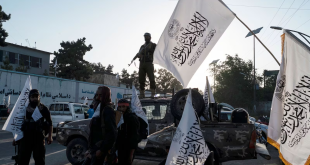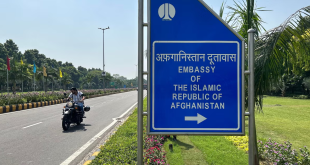AT-KABUL: Around 173,000 people killed and more than 183,000 seriously wounded since the US invasion in 2001, revealed the research Costs of War.
According to the research paper which focuses on the wars’ deaths and injuries, the cost in human lives and health has been enormous in the two countries.
A research report of the Watson Institute for International and Public Affairs, of the Brown University revealed that over the past nearly 15 years, approximately 111,000 people have been killed and more than 116,000 people have been injured in the war in Afghanistan. “Of these, more than 31,000 of the dead are Afghan civilians. The war in Pakistan, which began as Al Qaeda and the Taliban fled from Afghanistan into the northwest region of Pakistan in 2001, has caused almost 62,000 deaths and an additional 67,000 injuries. These numbers are approximations based on the reporting of several sources,” the report said, warning that indirect deaths, due to the effects of war damage to infrastructure and livelihoods, and usually more numerous than direct deaths.
Over 31,000 civilians have been killed in direct violence in Afghanistan since the October 2001 invasion by the United States. “But this number is necessarily an estimate, since there were long periods in the war when there was little or no counting of civilians killed or injured as a consequence of the fighting,” the study pointed out.
Killing of aid workers and journalists: Since the start of the war, 382 humanitarian workers have been killed (45 of those deaths occurred last year) and 299 humanitarian workers have been injured in Afghanistan. By contrast, according to the Committee to Protect Journalists (CPJ), that profession appears to be in a less precarious position. The CPJ found that in 2014, three journalists were killed, where the motive could be confirmed, while they found that no journalists were killed for confirmed motives in 2015. Costs of War uses the CPJ count, but there are other sources that record different numbers. An Afghan monitoring organization found that Afghan journalists faced continued “violence, threats, and intimidation” from mid March 2015 to mid March 2016, and records 10 deaths in that year.
The report said that 32 journalists were killed in Afghanistan from 2005 to mid 2016 —ten of these killings occurred in 2016 alone.
The war has also forced thousands of people to leave their native towns and homes in search of a relatively secure place.
“Afghanistan has received more than 100,000 Pakistanis fleeing a military operation that began in North Waziristan in June 2014. In June 2016 Afghanistan had 1.4 million refugees inside its borders, and nearly 1 million Afghans were internally displaced. An additional 2.6 million Afghans are currently refugees in more than 70 countries,” the study said.
The largest number of Afghan refugees are living in Pakistan (1.5 million people), and Iran (nearly a million people).
Expressing concerns over credibility of the official reports on casualties, the report said: “There are gaps in the counting of casualties, and likely some manipulation of the official reports of the numbers killed and injured. The Ministry of Defense in Afghanistan reports insurgents killed and wounded in operations, but does not release reports of the number of civilians killed. Nor does the Afghan Ministry of Defense note the numbers of their own forces wounded in their attacks on militants.”
The first six months of 2016 indicate that there is as much or more war related violence in Afghanistan as in 2015.
 Afghanistan Times
Afghanistan Times




